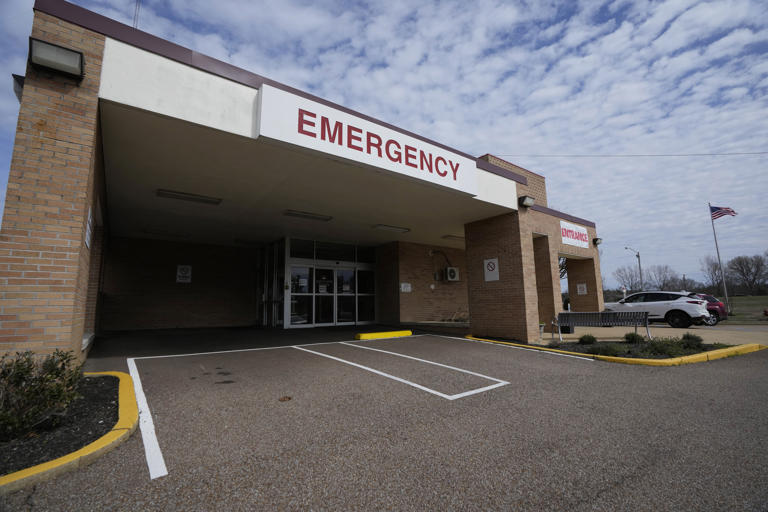In the vast expanse of rural America, access to quality healthcare has long been a pressing issue. Over the years, many rural hospitals have faced financial challenges, leading to closures or a struggle to stay afloat. In response to these difficulties, a new model of healthcare delivery is gradually gaining traction: rural emergency hospitals. These innovative facilities receive federal funding and higher reimbursements in exchange for closing their inpatient beds and focusing solely on providing 24/7 emergency care. While this approach offers a lifeline to struggling hospitals, it also presents unique challenges and considerations for both healthcare providers and rural communities.
The concept of rural emergency hospitals marks a significant departure from traditional healthcare delivery models. By eliminating inpatient beds, these facilities can streamline their operations and focus their resources on emergency services. This can be particularly beneficial in areas where inpatient admissions are low, allowing hospitals to maintain financial viability while continuing to serve their communities. Additionally, the federal funding provided to rural emergency hospitals offers much-needed support, helping to offset operating costs and ensure the sustainability of essential healthcare services in rural areas.
However, the transition to a rural emergency hospital is not without its challenges. One of the most significant concerns is the impact on access to care for residents, especially those in need of inpatient services. Conditions such as pneumonia or COVID-19 may require hospitalization, and patients may need to travel greater distances to receive appropriate treatment. This can lead to logistical hurdles and delays in accessing care, particularly for vulnerable populations such as the elderly or those with limited transportation options.
Furthermore, the designation of rural emergency hospitals necessitates a shift in community understanding and expectations regarding available healthcare services. Residents may be accustomed to receiving a wide range of medical treatments at their local hospital, and the transition to a facility focused solely on emergency care may cause confusion or concern. Clear communication and community engagement efforts are essential to ensure that residents understand the implications of the change and know where to seek appropriate care for their needs.
For rural hospitals considering the transition to a rural emergency model, there are also financial considerations to weigh. While the federal funding provided to these facilities can help offset operating costs, hospitals must carefully assess the potential impact on revenue streams and reimbursement rates. Additionally, hospitals may need to invest in new infrastructure or technology to support their emergency care services effectively.
Despite these challenges, the emergence of rural emergency hospitals represents a promising step forward in addressing the unique healthcare needs of rural communities. By focusing on emergency care and leveraging federal support, these facilities have the potential to enhance access to critical medical services while ensuring the financial sustainability of rural healthcare providers. Moving forward, continued collaboration between policymakers, healthcare providers, and community stakeholders will be essential to navigate the complexities of implementing and sustaining this innovative healthcare delivery model. With strategic planning and investment, rural emergency hospitals can serve as vital lifelines for underserved communities across rural America, ensuring that quality healthcare remains accessible to all.
